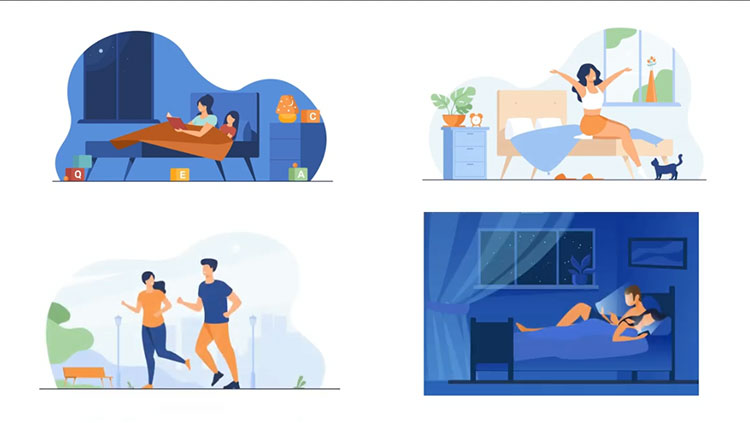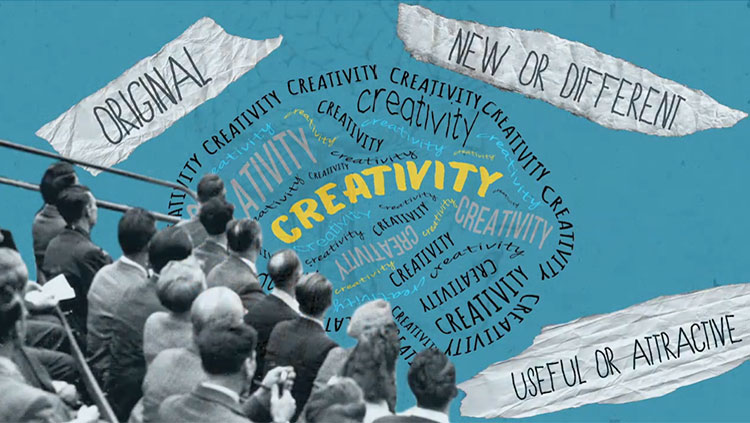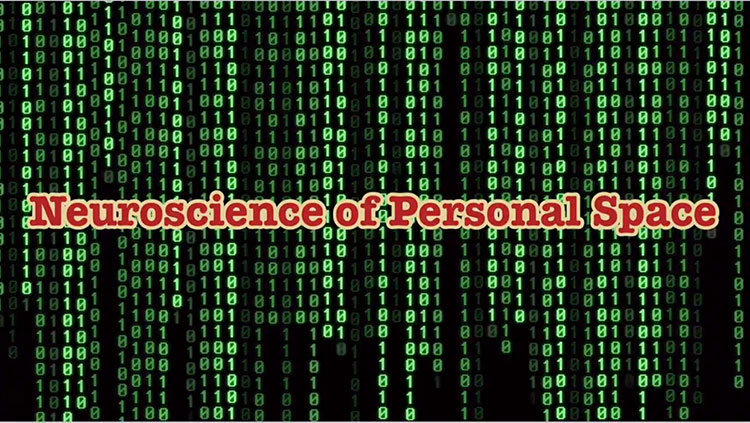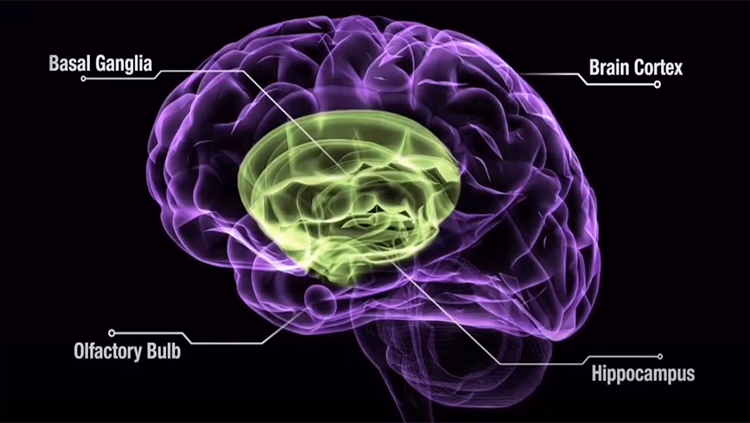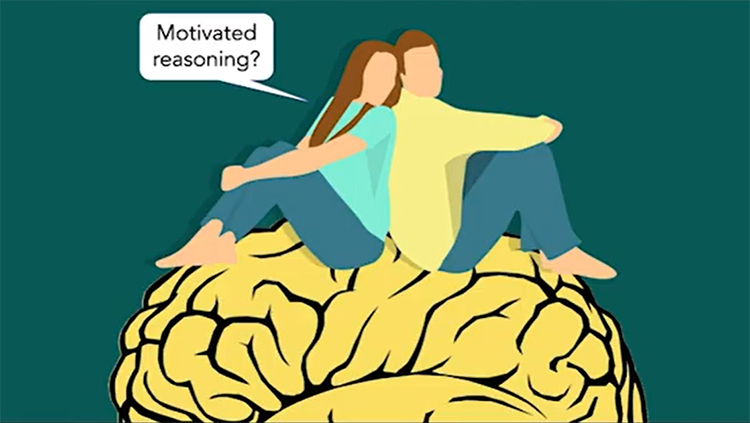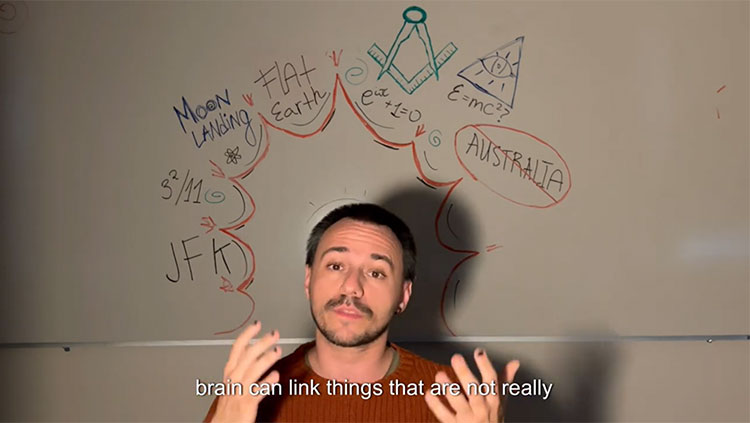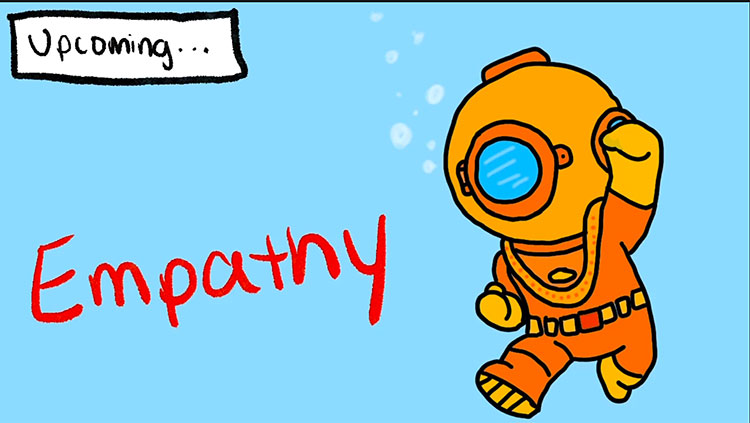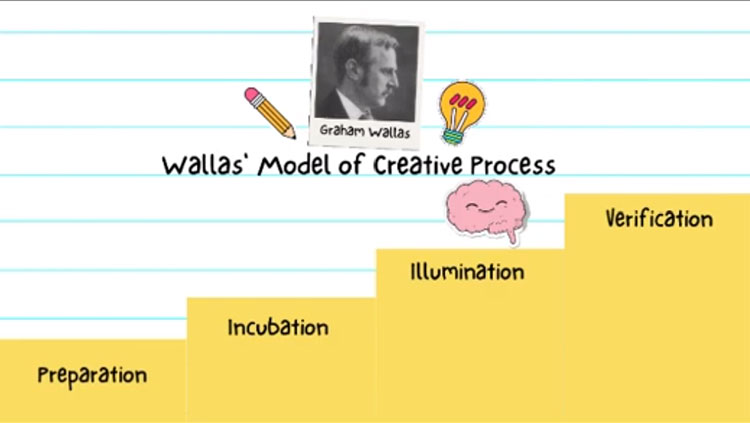Filter
-
(1)
-
(1)
-
-
(1)
-
(8)
-
(15)
-
(3)
-
(1)
-
(2)
-
(1)
-
(3)
-
(1)
-
(1)
-
(2)
-
(2)
-
(1)
-
(1)
-
(2)
-
(1)
-
(1)
-
(1)
-
-
(1)
-
(1)
-
-
(1)
-
(8)
-
(3)
-
(4)
-
(3)
-
(1)
-
-
(94)
-
(39)
-
(19)
-
(33)
-
(4)
-
(15)
-
-
(2)
-
(2)
-
-
(1)
-
(1)
-
-
(10)
-
(1)
-
(8)
-
(3)
-
-
(3)
-
(1)
-
(1)
-
(1)
-
-
(1)
-
(4)
-
(11)
-
(2)
-
(1)
-
(7)
-
(1)
-
-
(49)
-
(7)
-
(2)
-
(2)
-
(5)
-
(2)
-
(7)
-
(7)
-
(11)
-
(9)
-
-
(6)
-
(14)
-
(1)
-
(9)
-
(1)
-
(3)
-
(2)
-
-
(1)
-
(1)
-
(7)
-
(6)
-
(2)
-
(1)
-
(1)
-
-
(1)
-
(1)
-
-
(1)
-
(26)
-
(3)
-
(1)
-
(17)
-
-
(3)
-
(2)
-
(1)
-
-
(6)
-
(1)
-
(5)
-
(4)
-
-
(6)
-
(1)
-
(2)
-
(2)
-
(2)
-
-
(5)
-
(5)
-
-
(1)
-
(2)
-
(2)
-
(1)
-
(1)
-
-
(4)
-
(2)
-
(1)
-
(2)
-
-
(5)
-
(1)
-
(4)
-
-
(33)
-
(7)
-
(2)
-
(1)
-
(7)
-
(10)
-
-
(1)
-
(1)
-
(1)
-
-
(5)
-
(8)
-
(6)
-
(3)
-
-
(1)
-
(1)
-
-
(2)
-
(2)
-
-
(3)
-
(1)
-
(3)
-
-
(7)
-
(4)
-
(3)
-
(2)
-
(5)
-
(1)
-
-
(2)
-
(1)
-
(1)
-
-
(28)
-
(9)
-
(7)
-
(4)
-
(1)
-
(12)
-
-
(160)
-
(1)
-
(10)
-
(4)
-
(25)
-
(29)
-
(12)
-
(10)
-
(25)
-
(2)
-
(21)
-
(6)
-
(15)
-
(9)
-
(8)
-
(67)
-
(9)
-
(29)
-
-
(13)
-
(1)
-
(3)
-
(1)
-
(4)
-
(1)
-
(4)
-
(1)
-
-
(6)
-
(6)
-
-
(5)
-
(2)
-
(212)
-
(176)
-
(12)
-
(7)
-
(4)
-
(1)
-
(18)
-
(10)
-
(24)
-
(6)
-
(176)
71 - 80 of 228 results
-
Our body’s natural sleep-wake rhythm, or circadian rhythm, helps us stay healthy and function throughout our daily lives.
-
The product of creativity tends to depend on our passion, will, and the environment that surrounds us.
-
Multiple fields have analyzed how varying factors influence people’s perception of personal space in their interactions.
-
Playing a musical instrument is the brain equivalent of a full-body workout.
-
Rhythms drive music-playing and dancing as well as speaking and walking.
-
Our existing beliefs can distort the way we process information.
-
Conspiracy theories take advantage of our pattern-seeking brains by grabbing attention, triggering strong emotions, and giving meaning to random events. Researchers think dopamine could be to blame when people forgo the facts for fiction.
-
Alzheimer’s disease causes brain cells to die, disrupting brain function at cellular and wholescale levels.
-
Our capacity for empathy has evolutionary roots. The theory of embodied simulation proposes empathic mirrored responses are triggered by witnessing another’s behavior or emotions.
-
Three networks may play a pronounced processing role for our creative thoughts: the executive attention network, default mode network, and salience network.


